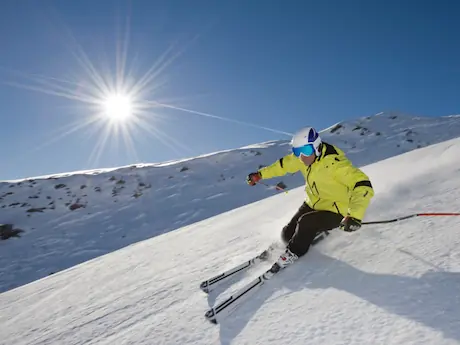
Skinny used to be in, but in the lift line you'll only see fat, fat, fat—skis that is. With changes in technology, figuring out which pair of skis is best for you is almost more challenging than using them.
Whether you're new to skiing or looking to upgrade your gear, understanding the technology behind your skis can get confusing. Sure, they might all look the same, but when it comes down to the technology, your ability, and where you're heading on the mountain, each ski will be vastly different.
"Like any sport, the level of experience and skill is important," says Alex Hunt, an account manager for K2 at Verde PR and Consulting and a long-time skier. Hunt, who's worked professionally as a ski guide and patroller for 10 years at Silverton Mountain Ski Area, helps us break down the tech talk into digestible pieces so you can figure out how to choose skis that match your ability.
More: 5 Tips to Ski Better This Season
Turning Radius
The basic shape, or sidecut, of a ski determines how easily the ski turns. An arc, made up of the width of the tip (the widest point), the waist (the narrowest point) and the tail (wider than the waist, but narrower than the tip) determines the turning radius, says Hunt.
If the ski's tip is really wide, but skinny underfoot, you'll have a shorter turning radius (about 12 to 17 meters), which is great for groomers or beginners because the ski is less apt to go in a straight line and will be easier to control. The downside to turning more, however, is that your legs will wear out a lot quicker. "One person might make 100 turns down a slope, another might make 30," says Hunt. "The other person will tire a little quicker, but will probably be traveling at a slower speed with more control."
If you're past the huge, S-turn stage and are looking for an all-mountain ski, look for a ski with a larger turning radius, about 16 meters up to 22 meters or even more for straight powder.
Waist Width
"Another major component when referring to where the ski is designed to be skied is waist width," Hunt says, referring to the width of the ski right underfoot. "Most skis now are not going to be much narrower than 70mm underfoot—that's about the skinniest you are going to find anywhere." For groomed terrain, anything from 70mm up to 84mm will work best. For an all-mountain ski, look for anything from 85mm up to about 105mm; if you are heading for straight powder, all the time, get 105mm to 110mm and up. These pairs will be able to handle groomers, but also soft, chopped up snow.
"Fatter skies allow you to float up on top of the snow more," says Hunt, who's also guided in the Chugach Mountains of Alaska as well as in Argentina. "When the snow is softer, you aren't really engaging the edges of the ski as you would on a groomed or hard packed slope, so width is more important to get that float to stay up on the snow."
In the past—think '90s and earlier—all skis were made skinny and long, which means when it came to powder, skiers would have to lean way back to stay above the snow and make numerous hop-turns to get out of anything deep, Hunt says. Now though, skis are so wide that you simply float on top of the snow, similar to water skiing.
- 1
- of
- 2
About the Author


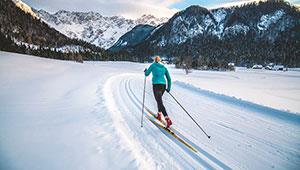
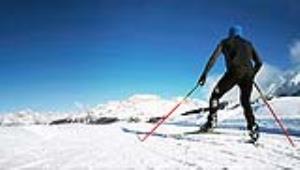
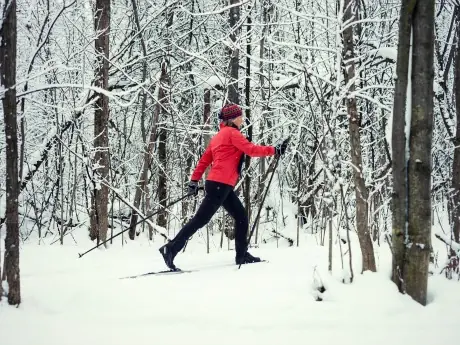
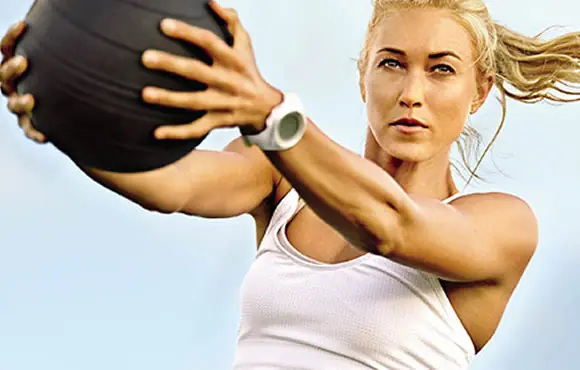

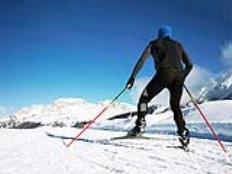
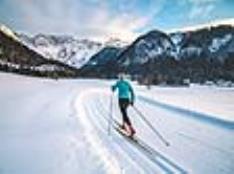
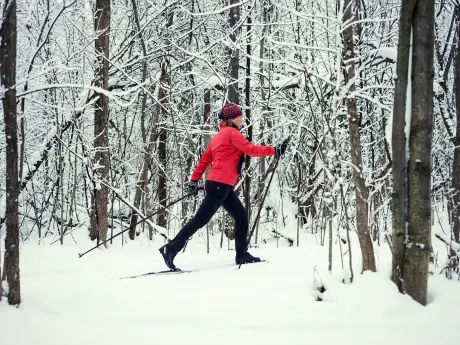
Discuss This Article